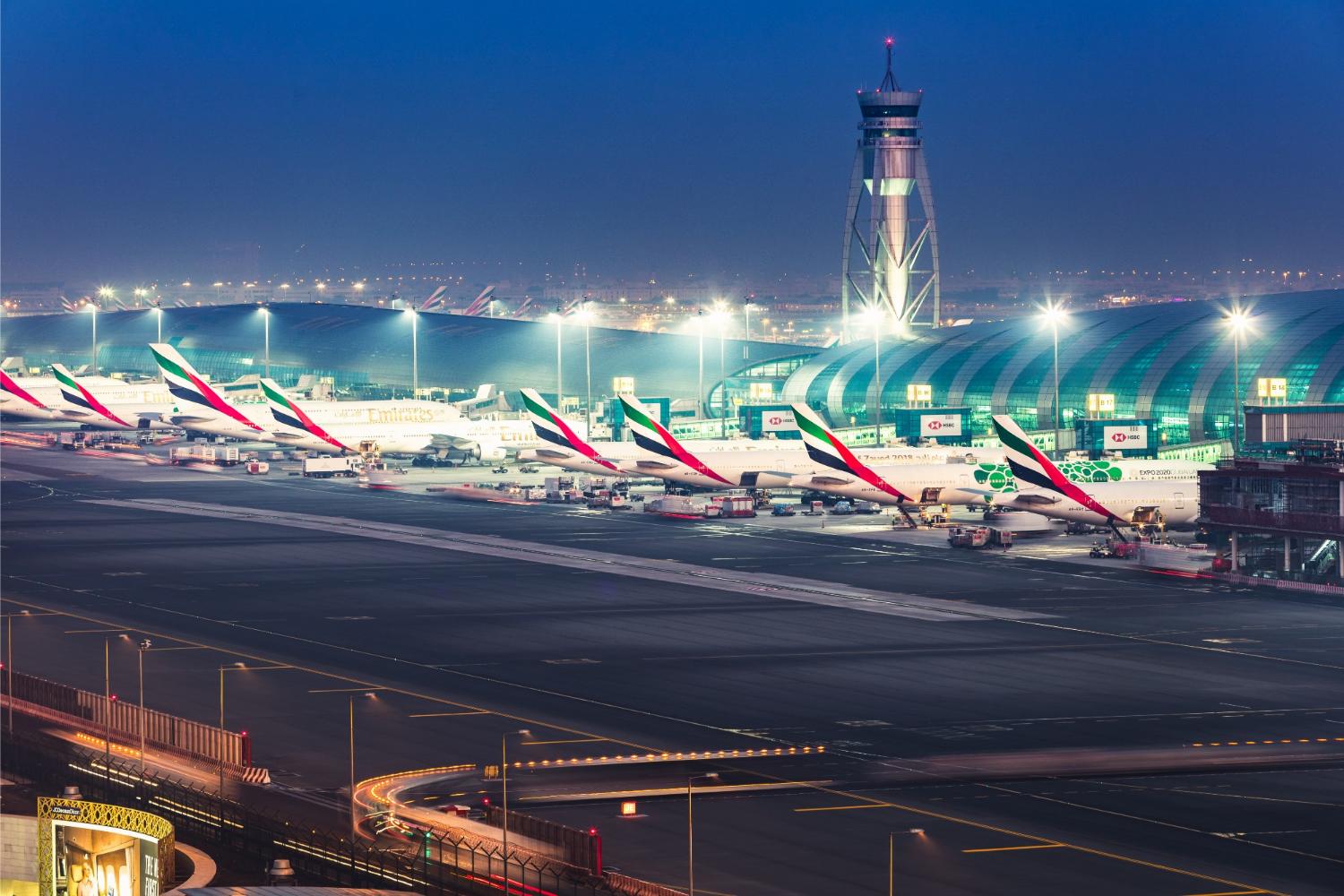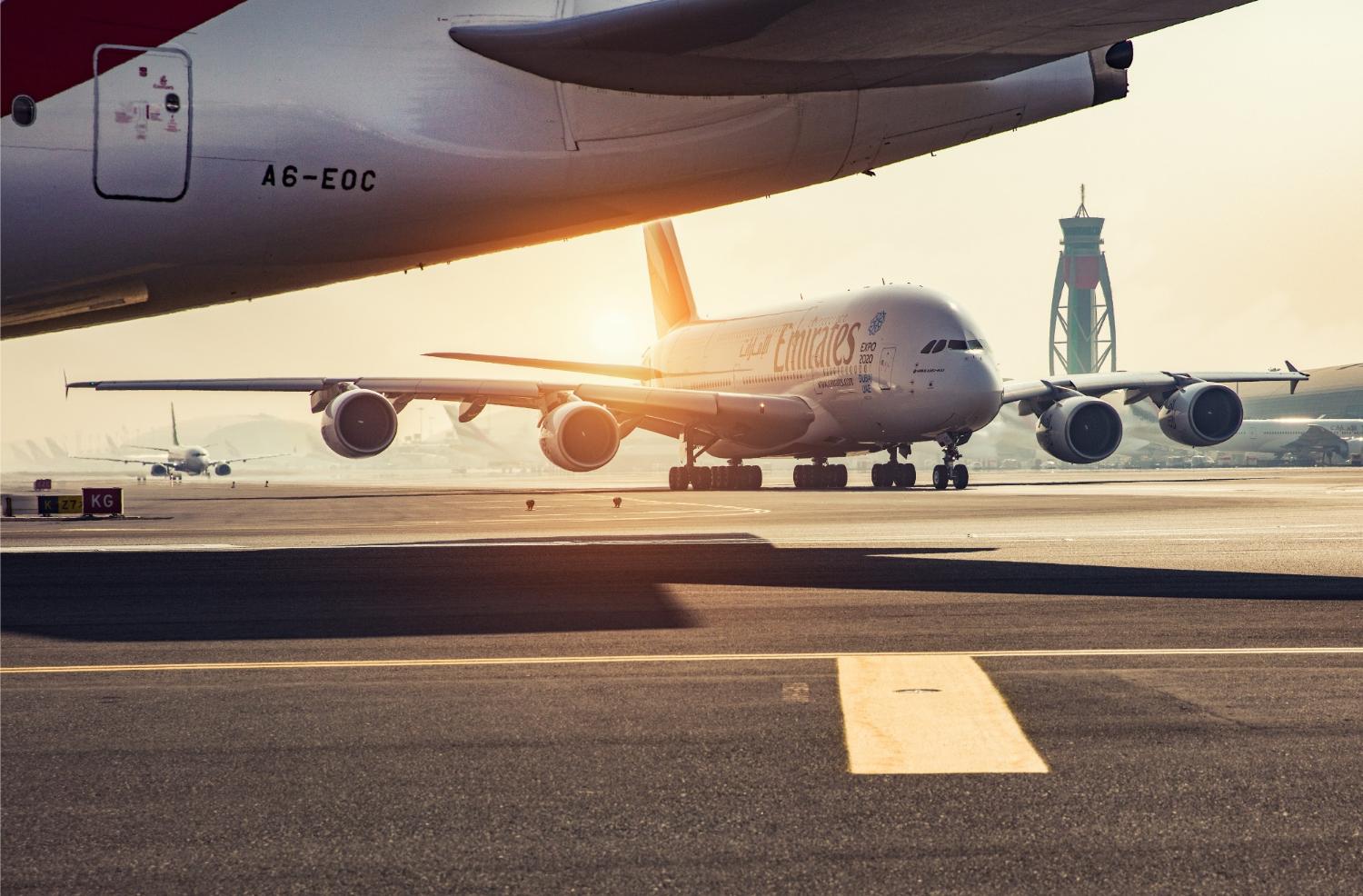
Four days ago, a large-scale coordinated drone attack on two major oil facilities in Saudi Arabia knocked out almost half the Kingdom’s oil production capabilities. The Saudi authorities now believe that 18 drones and up to seven cruise missiles were used on the attack on Saudi Aramco’s facilities in Abqaiq and Khurais. Oil output will be limited until at least the end of September.
Yemen’s Houthi rebels have claimed responsibility for the attack, although the Saudi’s and its international partners including the United States claim Iran is more likely to be behind the attack. The Iranian-backed Houthi’s may be claiming responsibility on behalf of Iran or may have been provided with the means to launch the raid.
If the Houthi’s really were behind this brazen attack it would mark the most successful and high profile assault on Saudia Arabia by the rebels. The Houthi’s have launched an estimated 200 drone attacks on the Kingdom since a Saudi-led coalition started a bombing campaign in support of Yemen’s internationally recognised government.
According to the United Nations, more than 10,000 people have been killed in Yemen’s civil war. But human rights groups say the involvement of the Saudi-led coalition, which includes the UAE, may have made the situation even worse. According to Amnesty International, the coalition continues to “bomb civilian infrastructure and carry out indiscriminate attacks, killing and injuring civilians.”
Attempts to strip the Houthi’s of resources have also seen “excessive restrictions” on essential goods reaching some parts of the country, although both Saudi Arabia and the UAE say they have donated millions of dollars worth of aid to support the civilian population.

But it’s not just oil fields that are a potential target…
Yahia Sarie, a spokesperson for the Houthi’s, told a press conference Wednesday that they have “dozens of targets” in the UAE that “could be targeted at any time.” Sarie refused to name specific targets but said that both Dubai and Abu Dhabi could be targeted.
In the past, the Houthi’s have shown a particular interest in aviation-related targets and have claimed attacks on both Dubai and Abu Dhabi International Airports.
Last July, the Houthi’s said they had managed to fly an armed ‘Sammad-3’ military drone some 1,500 kilometres and carry out an attack on Abu International Airport. The UAE authorities dismissed the claims as nonsense, although speculation of a coverup was rife after airport officials Tweeted of an “incident” on the day of the alleged attack.
A similar claim of an attack on Dubai International Airport was also made by the Houthi’s last year but without any evidence to substantiate either claim.
The UAE is protected by a sophisticated radar and missile defence system, although the success of the attack on the Saudi Aramco oil facilities show how sophisticated the Houthi’s weaponry has become. Colonel Turki Al Maliki, a spokesperson for the Saudi-coalition said last week that all drone attacks from the Houthi rebels were doomed to fail – his comments came three days before the oil field attack.
Related
Mateusz Maszczynski honed his skills as an international flight attendant at the most prominent airline in the Middle East and has been flying ever since... most recently for a well known European airline. Matt is passionate about the aviation industry and has become an expert in passenger experience and human-centric stories. Always keeping an ear close to the ground, Matt's industry insights, analysis and news coverage is frequently relied upon by some of the biggest names in journalism.







